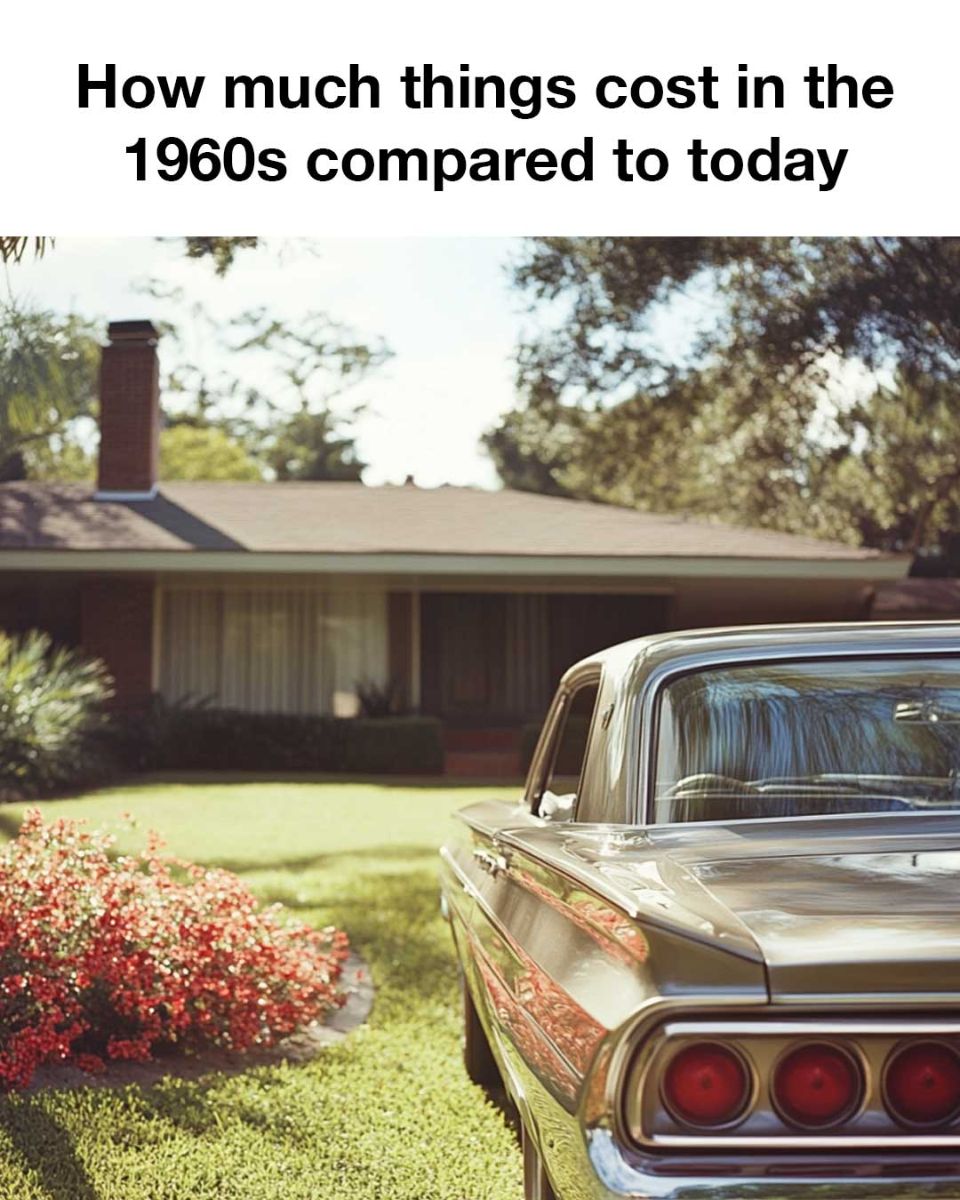What a difference! 1960s were great
Morgan Reed
Contributing Writer
Print this recipe
The 1960s were a time of transformative change in many aspects of society, including the economy. Understanding how much things cost during this decade compared to today not only provides a fascinating glimpse into the past but also helps us appreciate the economic journey we’ve undertaken over the last 60 years. From housing and automobiles to healthcare and technology, the costs of everyday items have evolved dramatically. This article delves into a comparison of ten key expenses from the 1960s and contrasts them with their contemporary equivalents, highlighting the shifts in our economic landscape.
Cost Comparison: Housing Prices From The 1960s To Today
In the 1960s, the average cost of a new home in the United States was around $15,000. Adjusted for inflation, this would be approximately $130,000 today. However, the current average home price has soared to over $300,000 as of
2023. The substantial increase can be attributed to several factors, including changes in demand, shifts in economic policies, and the overall growth of the housing market over the decades.
Automobile Expenses: Then And Now
The 1960s saw the average cost of a new car hover around $2,500. When we adjust this for inflation, it translates to roughly $21,500 in today’s money. However, the average price of a new car in 2023 has reached approximately $47,
000. Factors such as technological advancements, improved safety features, and enhanced fuel efficiency contribute to this sharp rise in automobile costs.
Education: Tuition Fees Across The Decades
College tuition in the 1960s was relatively affordable, with average annual tuition at public universities around $500, approximately $4,300 in today’s dollars. Fast forward to 2023, and the average annual in-state tuition for public universities has skyrocketed to about $10,000. This dramatic increase reflects not only inflation but also rising administrative costs, enhanced campus facilities, and an increased emphasis on educational technology.
Healthcare: Medical Costs Over Time
Healthcare costs in the 1960s were a fraction of what they are today. For example, a hospital room could cost as little as $8 a day, or about $70 in today’s currency. In contrast, staying in a hospital room in 2023 can cost upwards of $2,500 per day. Advances in medical technology, increased pharmaceutical costs, and the expansion of health insurance coverage have driven up medical expenses significantly.
Groceries: Comparing Daily Essentials
A trip to the grocery store in the 1960s was much cheaper than it is today. For example, a gallon of milk cost around $0.95, equivalent to about $8 in today’s terms, while currently, it costs approximately $3.69. Similar patterns can be seen in other daily essentials such as bread, eggs, and meat, showing the impact of inflation and changing supply and demand dynamics in the food industry.
Entertainment: The Price Of Fun
